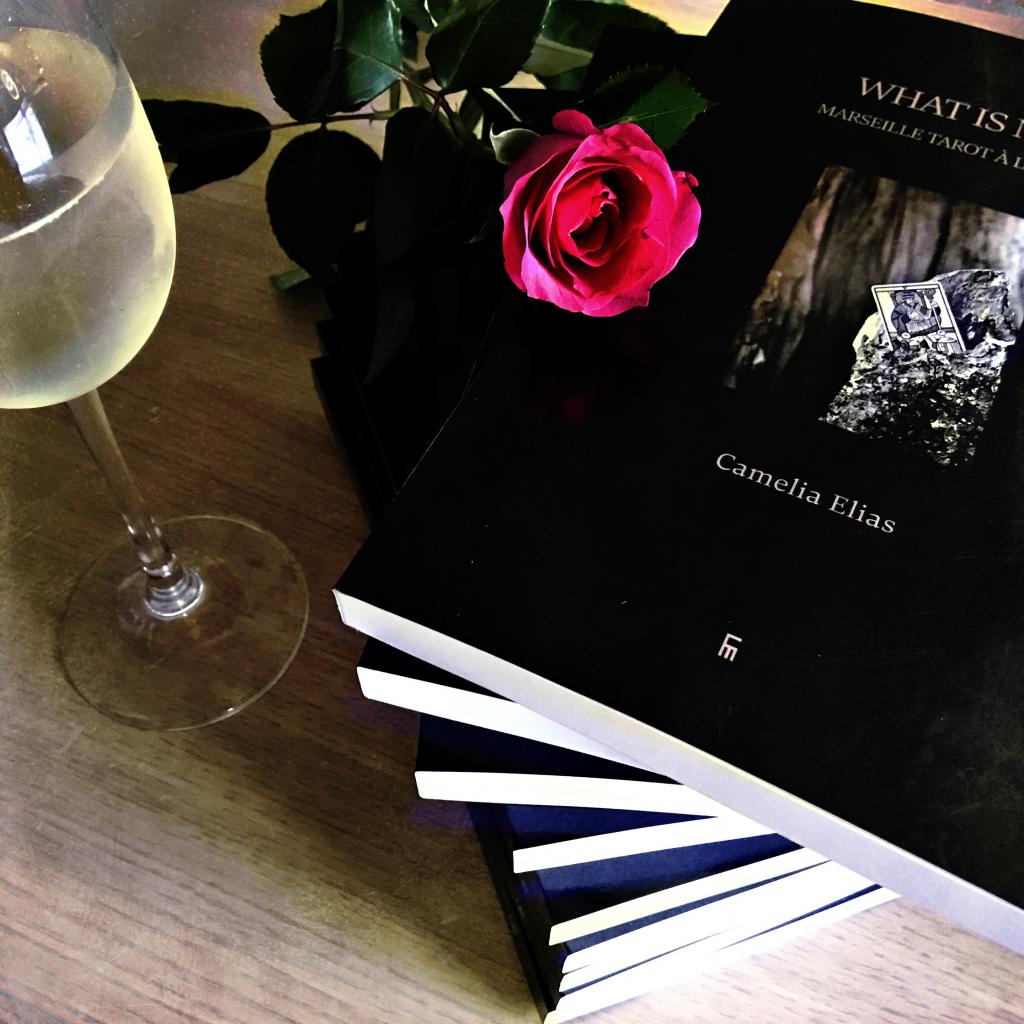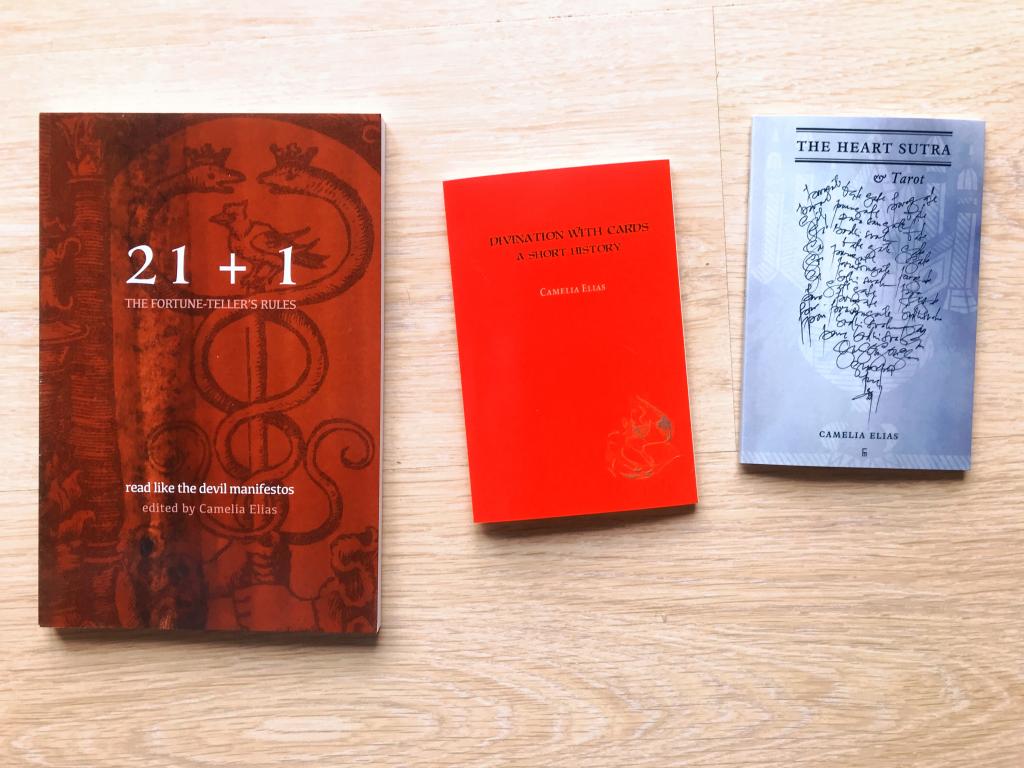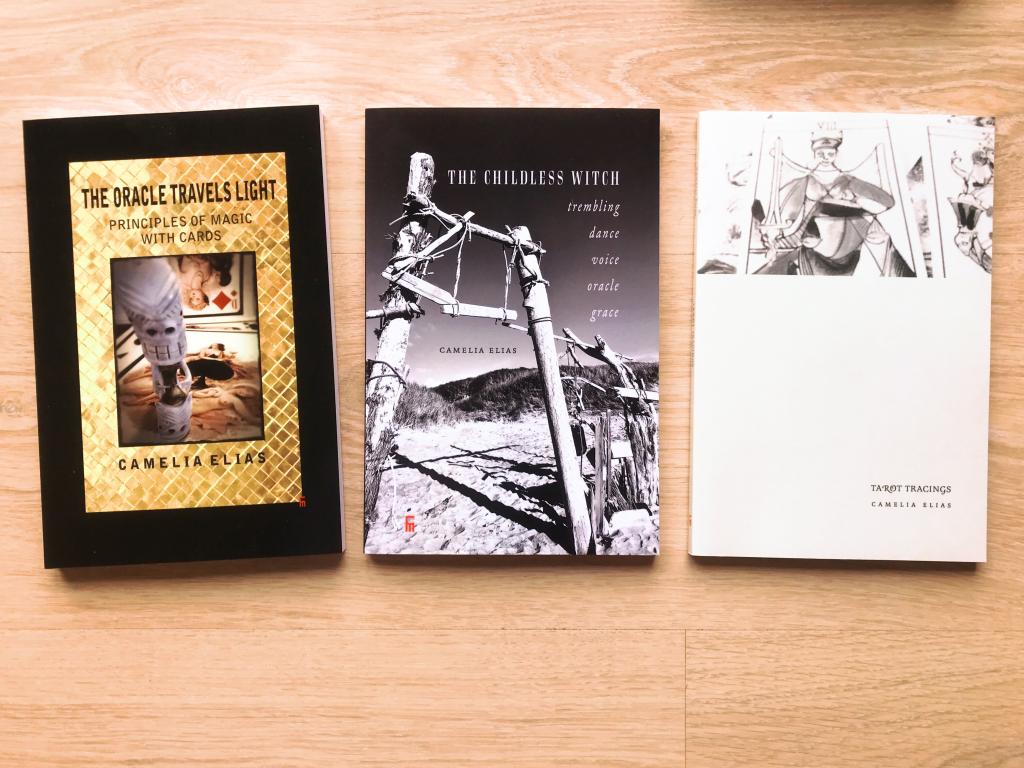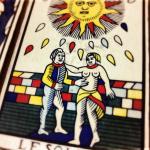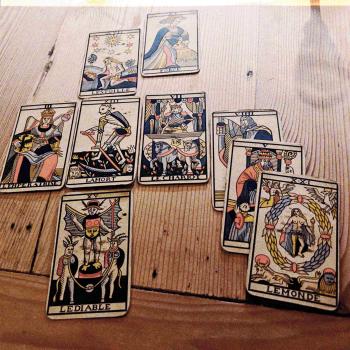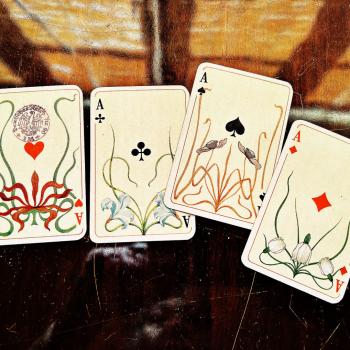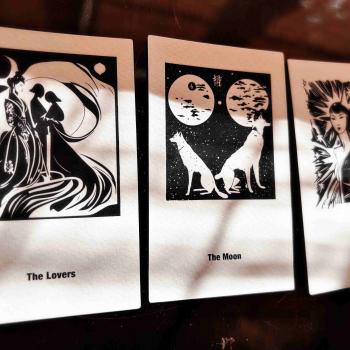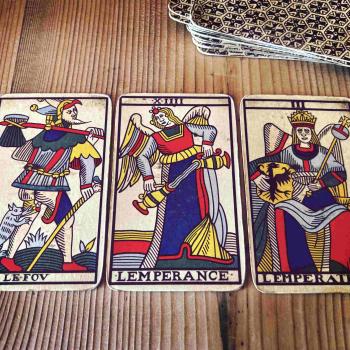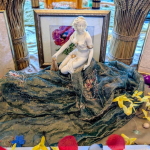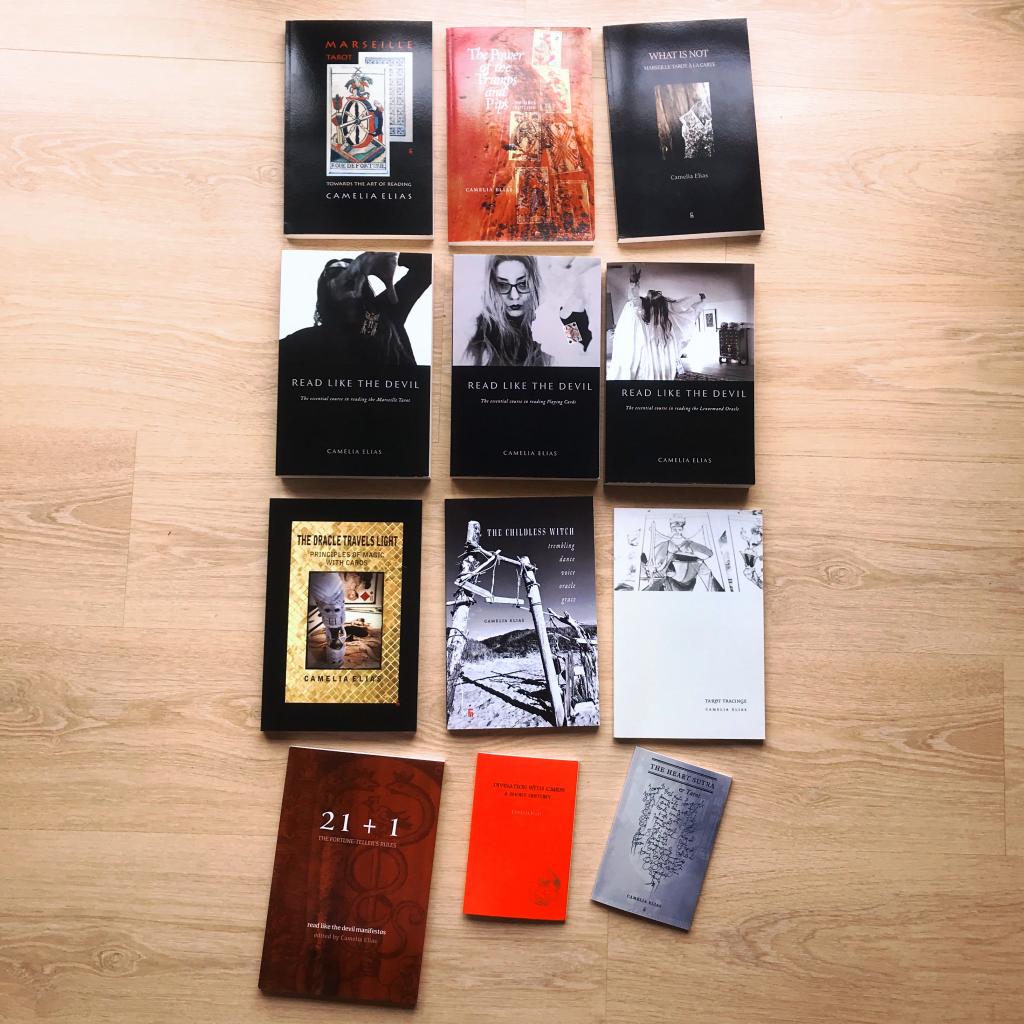

Last night in an interview with The Sword of Damocles, I got a question that I am often asked: ‘which book of yours should I start with, if I want to read the cards like the Devil?’ Although I never think of it myself, as I write the books in the order in which they occasion themselves to me, I can actually see the potential pain in having to choose among 15 books that deal with the philosophy and practice of reading cards that I had the pleasure to write.
So let me offer an answer here, highlighting the most significant of my books that you can start with.
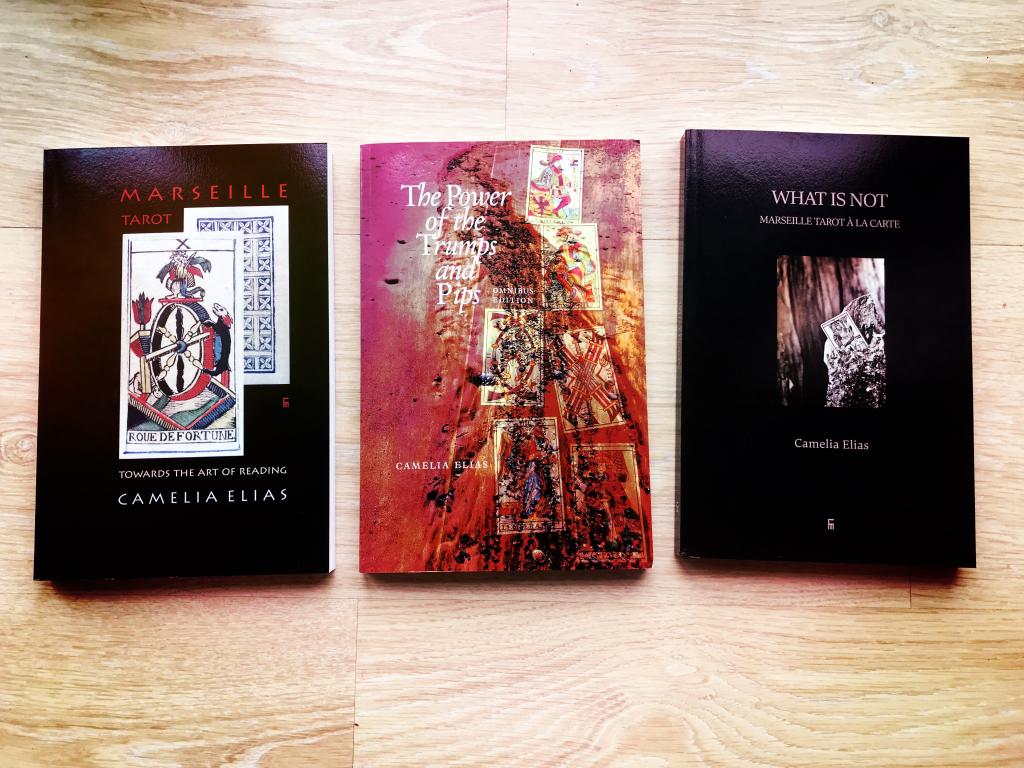
Marseille Tarot: Towards the Art of Reading is a good introduction to reading the Marseille Tarot. It offers card explanations where the example of reading the cards in context and according to their function is prioritized over charting lists of symbolic significations. Although an introduction book, this is not a standardized ‘how to’ book that takes the students through card-by-card ‘this means that’ type of narrative. The aim of the book is to offer a clear picture of the art of keeping it simple in divination, demonstrating why not complicating yourself is actually a sign of understanding what you’re talking about. In terms of the technical approach, while I cover both the use of trumps and pips, you have to go to my next book, The Power of the Trumps and Pips for a more in-depth consideration of how you can achieve both coherence and precision when you have the whole deck engaged.
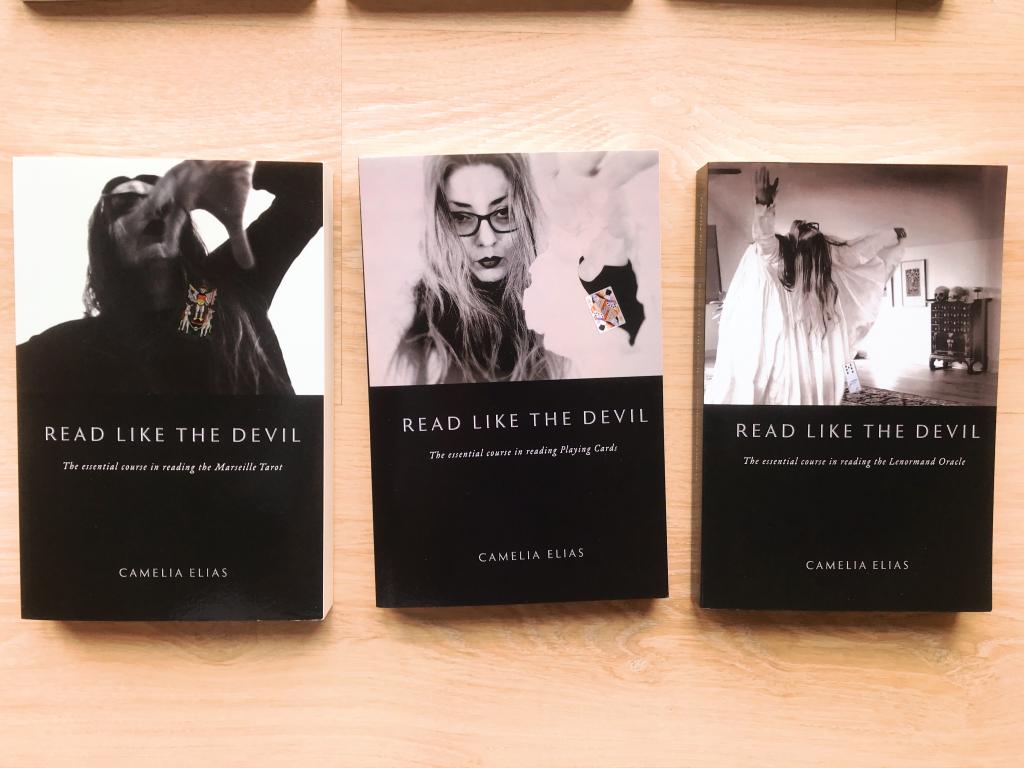
The Read Like the Devil trilogy of books tackling divination with the Marseille Tarot, Playing Cards, and the Lenormand Oracle is based on my celebrated foundation courses. These books, over 350 pages each, treat the subject in a Socratic say, which is to say that what I prioritize here is the dialogue between myself and the students. The question I ask is thine one: Where do you go wrong, when you do go wrong – which happens all the time – and what can you do about it? In these books I leave no space for the idea that things could also be read in an other way, with interpretations often varying all according to the reader’s cultural and linguistic competence. While it is true that we all bring to the table our own experiences, there is also such a thing as following a tight method and fundamental principles of reading a visual text. Once framed this way, in a divination setting that abides by the rules of Reading like the Devil, there is little space for something else. Either you read like the Devil, or you don’t. There’s no negotiation here.
What the trilogy also offers that the previous books don’t is a concrete application of the basic technical rules to an evaluation of just what happens when we have a question on the table, and we find that we have to rise to describing what we see, analyzing what we see, reflecting on what we see, and finally passing a judgment on what we see. This application comes in the form of essays of comprehension that round up each individual chapter that otherwise offers technical presentations, student work, teacher feedback, and assignments.
The Read Like the Devil trilogy is particularly suited for the dedicated student of divination, as the idea is to fully comprehend not only how to use the cards, but also the philosophy behind the reason why say what we say, the aim being to eradicate all unsubstantiated claims, and leave on the table only the divination that’s as clear as a pile of bones.
Speaking of fundamental principles of reading a visual text. What is Not: Marseille Tarot à la Carte begins with a sharp consideration of form and design, proposing also that the best way to understand the trumps of the Marseille Tarot is by deconstructing them, which is to say that you see them in a completely counter-intuitive way, or in a way that you won’t find anywhere else. This book also ends with an original contribution that explains how the tarot works.
So for beginners, I’d say that if you start with these books mentioned here first, and in this order, you’ll move beyond merely having a good idea or even a good grasp of the cards. You will find that you’ll read like the Devil by default.
In addition to these foundation and advanced level books, you might grab the ‘little book, but mighty,’ to quote an Instagram reviewer, referring to Divination with Cards: A Short History. This one offers a concise comparative study of the Rider Waite-Smith Tarot, the Thoth Tarot, and the Marseille Tarot.
Tarot Tracings: Essays in Literature and Divination falls between the genres in the sense that, while there’s card readings in this book, the focus is mainly on what literary figures and poets do when they embody the oracular. Italo Calvino meets poets Robert Browning and W.B. Yeats, while Rachel Pollack haunts our cartographic cartomancy. On a general level, you can think of this book as a book about lovers, villains, murderers, magicians, spirit conjurors, and ghosts.
For the magically inclined, there’s The Oracle Travels Light: Principles of Magic with Cards offering the reader insight into the significance of living the magical life with cards. Here I offer a few good personal stories, ranging from divination to performing necromancy rites with my sister. The book ends with a set of magical practices with the cards in the grimoire style, suited for all to engage with as they see fit.
The Childless Witch: Trembling, Dance, Voice, Oracle, Grace, is about asking the right questions. In this book I reflect on the state of childlessness, and stretch the idea to the art of living according seeing the obvious. A tall order, but as a few artists demonstrate here, it can be done. There’s less cartomancy in this book, but I do use the cards for an occasional reading.
The Heart Sutra and Tarot offers a reading with the cards of the famed Heart Sutra that deals with a whole lot of very significant nothingness. This short text in the Pocket Book series with EyeCorner Press says something about how to cope with life when we make an important realization. The tarot here helps us to visualize this realization better.
21+1: The Fortune-teller’s Rules is a book I edited and wrote the introduction to. It gathers 37 tarot luminaries, each giving us their own ‘read like the Devil manifesto’ in the form of 21+1 rules.
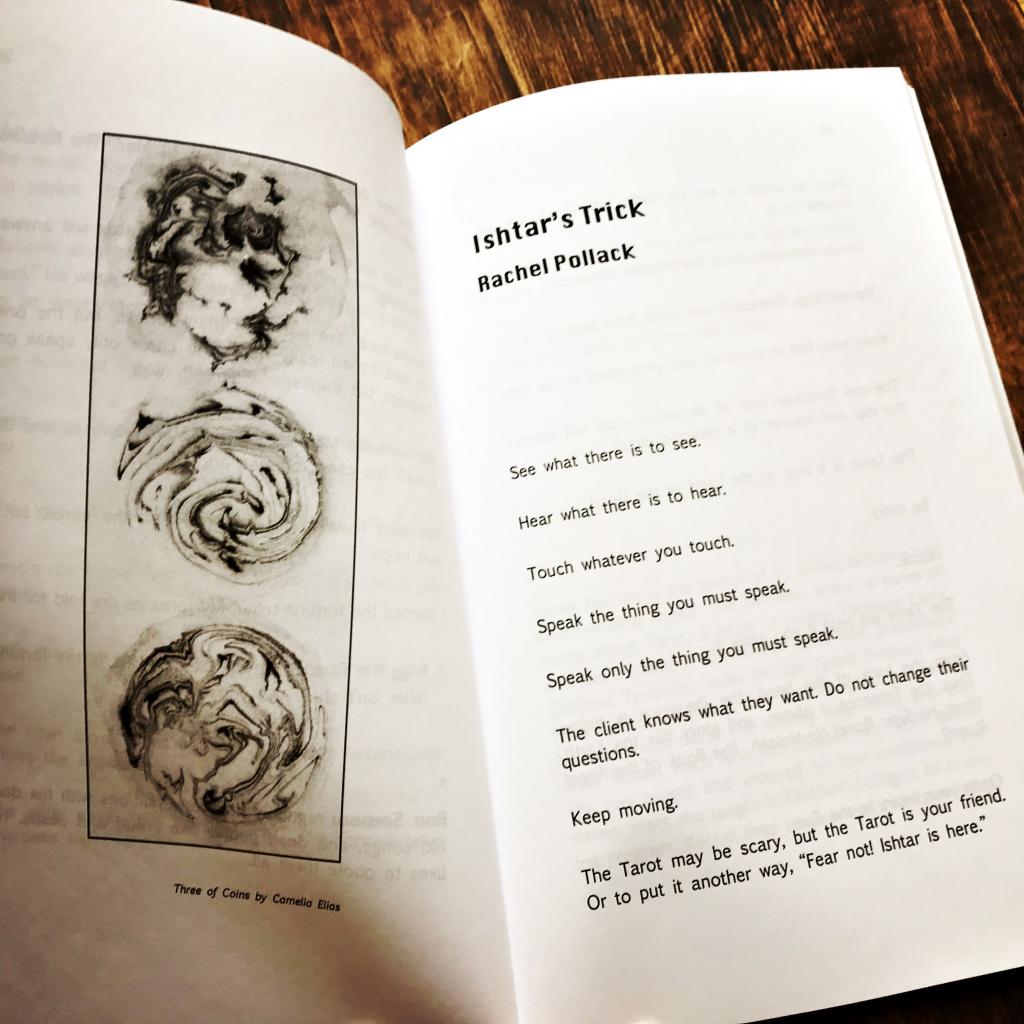
A final word about the reception of these books. I’m grateful to the thousands of people who have already invested time and money in these books. It makes me write more. Some of these books have been referred to as ‘the new Bible,’ or as ‘utterly life changing.’ Among the enthusiasts, you will also find the occasional trolls who have a ‘personal’ agenda with my own persona, a person whom they don’t know. While I listen to critique, I don’t have a habit of engaging with intentional misrepresentations, coming also from a core that we regularly identify is the insane. While I may find interesting or downright entertaining to hear what the insane have to say about my work, at the end of the day I simply don’t have the time for nonsense.
Now why am I bringing this up? Because I’d like to see more courage among readers when it comes to getting new books, or making a selection. I’d like to hear that readers get a book and judge for themselves, rather than act on other people’s experiences of the said book. Let’s have more excitement and less anxiety, including the fear that one might lose 20 bucks on a shitty book. Sometimes a book speaks to the heart. Other times it doesn’t. My own house is filled with books. The ones that made an impact live side-by-side with the ones that didn’t make an impact. I have no problem with this co-habitation, as I always find something to appreciate in a book. If I had more space, I’d go past the 10.000 volumes I already own.
The thing about books is that they often have a habit of knowing you better than you know yourself. You get them because you want to learn about how an author experiences what you can easily identify as a mirroring, when you exclaim, ‘this is exactly like me,’ or indeed you experience the opposite, in which case you go from marvel to astonishment: ‘how can someone have that feeling, which I never tried?’ So you always read for discovery.
Go and discover a world, or marvel at a book’s capacity to ‘imitate’ you. Traveling with books is a mighty journey. I hope you enjoy it.
♠
For new releases of books in the divination series, keep an eye on EyeCorner Press.
For practice with the cards, join the Read like the Devil Practice Club. Visit also Aradia Academy and sign up for the newsletter that will keep you informed on upcoming courses and cartomantic activities. Note the Off the Shelf offering that also includes free resources.

